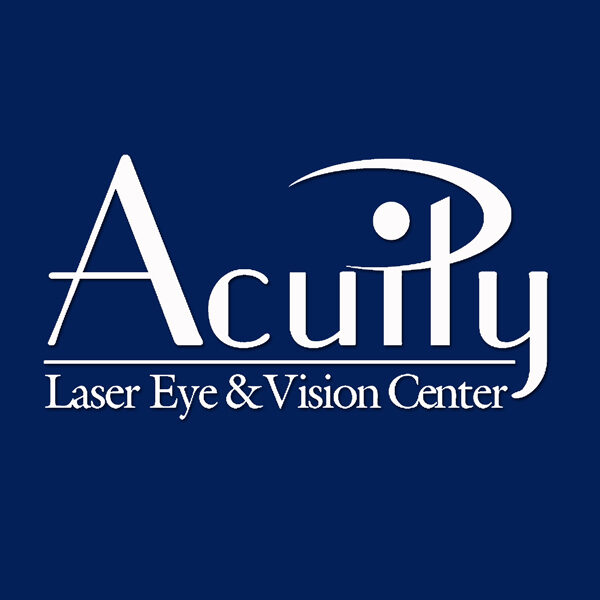 CALL 877-520-3937 WITH ANY QUESTIONS
CALL 877-520-3937 WITH ANY QUESTIONS
OR TO SCHEDULE A FREE CONSULTATION!
If you’re tired of wearing eyeglasses or contact lenses, you may wonder whether LASIK surgery is right for you. LASIK is a type of refractive eye surgery. In general, most people who have laser-assisted in-situ keratomileusis (LASIK) eye surgery achieve 20/25 vision or better, which works well for most activities. But most people still eventually need glasses for reading as they get older.
LASIK surgery has a good track record, most people are satisfied with the results. Certain side effects, particularly dry eyes and temporary visual disturbances, are fairly common. But these usually clear up after a few weeks or months, and very few people consider them to be a long-term problem.
Your results depend on your refractive error and other factors. People with mild nearsightedness tend to have the most success with refractive surgery. There are several variations of laser refractive surgery. LASIK is the best known and most commonly performed. Many articles, including this one, will use the term “LASIK” to refer to all types of laser eye surgery.
Normally, images are focused on the retina in the back of your eye. With nearsightedness (myopia), farsightedness (hyperopia) or astigmatism, they end up being focused elsewhere, resulting in blurred vision.
• Nearsightedness (myopia) is a condition in which you see nearby objects clearly, but distant objects are blurry. When your eyeball is slightly longer than normal or when the cornea curves too sharply, light rays focus in front of the retina and blur distant vision. You can see objects that are close more clearly, but not those that are far away.
• Farsightedness (hyperopia) is a condition in which you can see far objects clearly, but nearby objects are blurry. When you have a shorter than average eyeball or a cornea that is too flat, light focuses behind the retina instead of on it. This blurs near vision and sometimes distant vision.

• Astigmatism causes overall blurry vision. When the cornea curves or flattens unevenly, the result is astigmatism, which disrupts focus of near and distant vision.
Traditionally, blurry vision is corrected by bending (refracting) light rays with glasses or contact lenses. But reshaping the cornea (the dome-shaped transparent tissue at the front of your eye) itself will also provide the necessary refraction and vision correction.
Before a LASIK procedure your eye surgeon will assess detailed measurements of your eye. Then he or she will use a special type of cutting laser to precisely alter the curvature of your cornea. With each pulse of the laser beam, a tiny amount of corneal tissue is removed, allowing your eye surgeon to flatten the curve of your cornea or make it steeper.
Most commonly, the surgeon creates a flap in the cornea and then raises it up before reshaping the cornea. There are also variations in which a very thin flap is raised or no flap is used at all or no flap at all, is raised. Each technique has advantages and disadvantages.
 Individual eye surgeons may specialize in specific types of laser eye procedures. The differences among them are generally minor and none are clearly better than any others. Depending on your individual circumstances and preferences you may consider:
Individual eye surgeons may specialize in specific types of laser eye procedures. The differences among them are generally minor and none are clearly better than any others. Depending on your individual circumstances and preferences you may consider:
• Photorefractive keratectomy (PRK). With PRK, rather than forming a flap, the top surface (epithelium) is scraped away. This corneal abrasion takes three or four days to heal, resulting in moderate pain and blurred vision in the short term. It was thought that these drawbacks were outweighed by the theoretical advantage that PRK was safer for people who are more likely to be struck in the eye — for example, those involved in contact sports, law enforcement or the military. But even with standard LASIK, the risk of eyeball rupture is still very low, so there is probably no significant advantage with PRK. LASIK is also a better option than PRK for correcting more severe nearsightedness (myopia).
• Laser-assisted subepithelial keratectomy (LASEK). LASEK is similar to LASIK surgery, but the flap is created by using a special cutting device (microkeratome) and exposing the cornea to ethanol. The procedure allows the surgeon to remove less of the cornea, making it a good option for people who have thin corneas. For people at greater risk of eye injuries, LASEK does not have any significant advantages over LASIK.
• Epithelial laser-assisted in-situ keratomileusis (epi-LASIK). In an epi-LASIK procedure, your surgeon separates the epithelium from the cornea using a an epikeratome and reshapes the cornea with a laser. This procedure is similar to LASEK.
• Implantable lenses. Corrective lenses can be surgically inserted in the eye to improve vision. This is routinely done as part of cataract surgery (in which the old, cloudy natural lens is removed). It may also be an alternative to LASIK for older adults who may need cataract surgery in the future.
Younger people with high degrees of nearsightedness that cannot be satisfactorily treated with corrective lenses may also be offered implantable lenses. But this is not a routine option for most people.
• Bioptics. Bioptics combines one or more techniques, such as implantable lenses and LASIK, to treat nearsightedness or farsightedness. Again, this is not an option for most people seeking refractive eye surgery.
Are your eyes healthy?
In general, laser eye surgery is most appropriate for people who have a moderate degree of refractive error and no unusual vision problems. Your eye surgeon will ask detailed questions about your eye health and evaluate your eyes to make sure you don’t have any conditions that might result in complications or poor outcomes of surgery. These include:
• An eye disease that results in a progressive deterioration of your vision and thinning of your cornea (keratoconus). In fact, if keratoconus runs in your family, even if you don’t have it, be very cautious about elective eye surgery.
 • Keratitis, uveitis, herpes simplex affecting the eye area, and other eye infections.
• Keratitis, uveitis, herpes simplex affecting the eye area, and other eye infections.
• Eye injuries or lid disorders.
• Dry eyes. If you have dry eyes, LASIK surgery may make the condition worse.
• Large pupils. If your pupils are large, especially in dim light, LASIK may not be appropriate. Surgery may result in debilitating symptoms such as glare, halos, star bursts and ghost images.
• Glaucoma. The surgical procedure can raise your eye pressure, which can make glaucoma worse.
• Cataracts.
You might also rethink having LASIK surgery if:
• You have severe nearsightedness or have been diagnosed with a high refractive error. The possible benefits of LASIK surgery may not justify the risks.
• You have fairly good (overall) vision. If you see well enough to need contacts or glasses only part of the time, improvement from the surgery may not be worth the risks.
• You have age-related eye changes that cause you to have less clear vision (presbyopia).
• You actively participate in contact sports. If you regularly receive blows to the face and eyes, such as during martial arts or boxing, LASIK surgery may not be a good choice for you.
Are you healthy?
Your eye surgeon will also ask detailed questions about your general health. Certain medical conditions, unrelated to your eyes, can increase the risks associated with LASIK surgery or make the outcome less predictable. These include:
• Any disease or condition that affects your immune system and impairs your ability to heal or makes you more prone to infections, such as rheumatoid arthritis, lupus, HIV and other autoimmune disorders.
• Taking an immunosuppressive medication for any reason.
• Diabetes.
• Depression or certain chronic pain conditions, such as migraine, irritable bowel syndrome and fibromyalgia. If you have one or more of these conditions, you may have more problems with dry eyes and postoperative pain than other people. The reasons for this are not entirely clear but may be related to how you perceive pain.
Is your vision stable?
If you have myopia, your vision may continue to change throughout your teenage years, or even longer, requiring periodic changes in the prescription of your glasses or contact lenses. Therefore, people must be over age 18, and preferably older, before considering LASIK eye surgery.
Certain conditions and medications — pregnancy, breast-feeding, steroid drugs — may cause temporary fluctuations in your vision. Wait until your vision has stabilized before considering LASIK eye surgery.
 Can you afford it?
Can you afford it?
Most insurance plans consider laser eye surgery to be an elective procedure and don’t cover the cost. Know what the surgery will cost you.
Do you understand possible side effects and complications?
While complications that result in a loss of vision are rare, certain side effects, particularly dry eyes and temporary visual disturbances are fairly common. But these usually resolve after a few weeks or months, and very few people consider them to be a long-term problem.
• Dry eyes. LASIK surgery causes a temporary decrease in tear production. For the first six months or so after your surgery, your eyes may feel unusually dry as they heal. Even after healing, you may experience an increase in dry eye.
Your eye doctor might recommend that you use eyedrops during this time. If you experience severe dry eyes, you could opt for another procedure to get special plugs put in your tear ducts to prevent your tears from draining away from the surface of your eyes.
• Glare, halos and double vision. After surgery you may have difficulty seeing at night. You might notice glare, halos around bright lights or double vision. This generally lasts a few days to a few weeks.
LASIK versus reading glasses
By their early to mid-40s, all adults lose some ability to focus on nearby objects (presbyopia), which results in difficulty reading small print or doing close-up tasks.
One possible benefit of having been nearsighted most of your life is that this condition actually compensates for the presbyopia that inevitability develops as you get older. A nearsighted eye will focus near objects by itself without reading glasses. LASIK surgery removes this near focus because the nearsightedness has been corrected. This means that as you get older you will need to use reading glasses. Many people are happy to trade clear distance vision when they are younger for having to wear “cheaters” for reading when they are older.
If you are an older adult considering LASIK, you might choose to have your vision corrected for monovision, to maintain your ability to see objects close up. With monovision, one eye is corrected for distant vision, and the other eye is corrected for near vision. Not everyone is able to adjust to or tolerate monovision. It’s best to do a trial with contact lenses before having a permanent surgical procedure.
Can you go without your contact lenses for several weeks before surgery?
This is usually not an issue, but know that you’ll have to completely stop wearing your contact lenses and switch to glasses for at least a few weeks before your surgery. Contact lenses distort the natural shape of your cornea, which can lead to inaccurate measurements and a less than optimal surgical outcome. Your doctor will provide specific guidelines depending on your situation and how long you’ve been a contact lens wearer.
What are your expectations for LASIK?
Most people who undergo LASIK surgery will have good to excellent vision in most situations, for many years or decades. You’ll be able to play sports and swim, or even just see the clock first thing in the morning, without having to worry about your glasses or contact lenses. But as you get older or in low-light conditions, you may still need to wear glasses.
Most people report high satisfaction after LASIK surgery. But long-term results often aren’t available or haven’t been well-studied. Part of the reason for this is that people are overall satisfied after surgery, so they don’t feel a need for repeat examinations and follow-up data is not collected. Also, the LASIK procedure has been refined over time — the techniques and technology is continually changing. This makes it difficult to draw conclusions from the data that is reported.
Keep in mind that even when postoperative follow-up is done and reported, vision is measured under optimal testing conditions. Your vision in dim light (such as at dusk or in fog) may not be as good as published reports suggest it will be.
Over time your refraction may slowly worsen with age and your vision may not be quite as good as it was immediately after surgery. This does not seem to be a large problem, but the exact degree of change to be expected is sometimes unpredictable.
How do you choose an eye surgeon?
Most people don’t have firsthand knowledge about LASIK or an eye surgeon. A good starting point when choosing an eye surgeon is to talk with the eye professional you know and trust. Or ask friends or family members who have had successful LASIK.
Your eye surgeon will probably work with a team, who may help with your initial evaluation and measurements. But it is your surgeon who takes the ultimate responsibility for determining whether LASIK is an appropriate choice for you, who confirms the measurements to guide the procedure, who performs the procedure, and who provides postoperative care.
Talk with your eye surgeon about your questions and concerns and how LASIK will benefit you. He or she can help you understand the benefits and limitations of surgery.
The final decision
When it comes to LASIK eye surgery, there are no right answers. Carefully consider the factors outlined here, weigh your preferences and risk tolerance, and make sure you have realistic expectations. Talk to an eye surgeon in whom you feel confident and get your questions answered. In the end, if it feels right, then proceed, but if it doesn’t, don’t rush into anything.
This article is an edited version of a report that was written by the Mayo Clinic Staff


Comments are closed